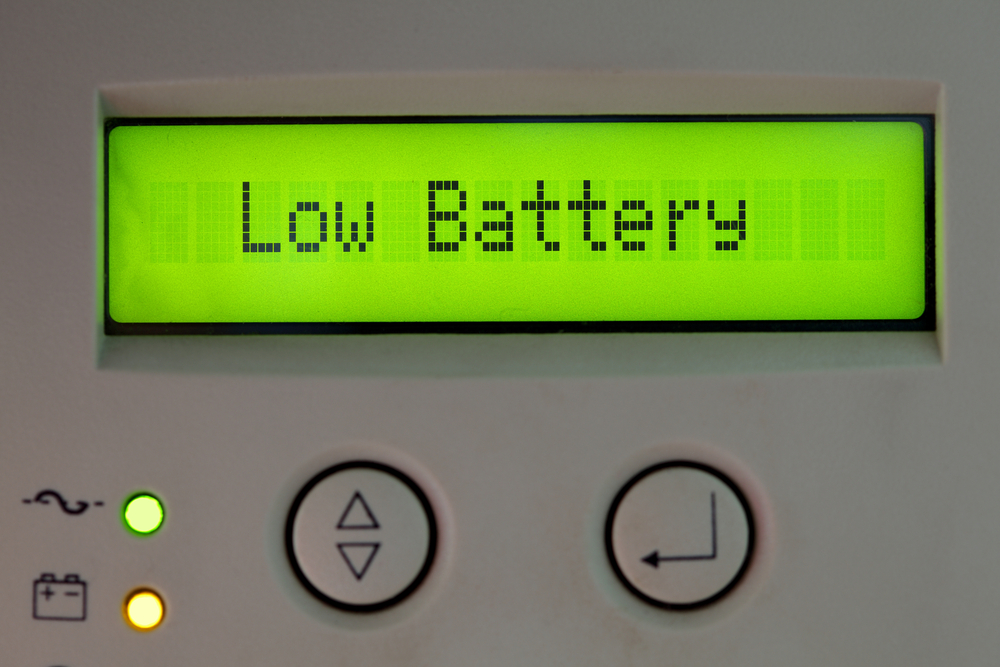

The Green Grid has claimed data centres can improve efficiency, and save money, by using the Eco-Mode of their uninterruptible power supply (UPS) and rely more on their utility grid.
A data centre using 1MWatt of electric power can save around $100,000 a year, and increase its efficiency rating, by altering the settings of the UPS, which provides battery power when the utility grid cuts out, the Green Grid said in a detailed White Paper. The group argued that in many cases, the underlying reliability of the grid is good enough that UPS systems do not need to provide excessive reliability.
UPS systems keep batteries charged (or sometimes keep a flywheel spinning) while the data centre is running, and then switch over the supply to the battery or flywheel when the electric power supply is interrupted. They normally operate at an efficiency between 92 and 96 percent, so a small amount of energy is wasted keeping the battery topped up.
Data centres have tended to ignore this energy loss, which is small compared to that spent running chillers to cool the data centre IT equipment down. But as the rest of the data centre has become more efficient, the Green Grid has turned its attention to the UPS.
Paradoxically, the measure has most effect on older, less efficient data centres, as they use more electricity, and so waste proportionately more in the UPS system. Applying it to such a data centre can increase power efficiency to around 98 percent, and reduce the energy wasted, so the PUE (power usage effectiveness – a Green Grid backed efficiency measure) goes down by 0.1, taking it closer to the theoretical goal of 1.
This equates to savings of around $100,000 for ever 1MWatt of power used in the data centre, the White Paper estimated.
Data centre managers have hesitated to use Eco-Mode, because it provides slightly less reliability, the paper explained. However, the underlying reliability of the utility grid in countries such as the US is now high enough to move to the more efficient mode.
“UPS Eco Mode operation requires an acceptable level of utility power quality that is within the voltage tolerance of the ITE [IT equipment] power supplies and the UPS Eco Mode voltage settings,” the paper read. “The general conclusion is that US utility power quality is reasonably reliable for deploying UPS Eco Mode.”
The White Paper likens the idea of switching the reliability of the UPS down to the use of “free cooling”, in which the outside air temperature is used to cool the data centre, instead of turning on wasteful chillers: “As with external weather conditions, data centre operators can make the most of available high-quality utility power to improve efficiency. In this case, rather than free cooling, it is ‘free power quality’ that data centres can take advantage of.”
Think you know all about Green IT? Try our quiz!
Head of artificial intelligence research at Meta Platforms has announced she is leaving the social…
No decision yet, after media reports CK Hutchison was to spin off its global telecom…
Ahead of 5 April deadline, Trump is to hold White House meeting over possible investors…
Apple fined 150m euros over App Tracking Transparency feature that it says abuses Apple's market…
OpenAI to release customisable open-weight model in coming months as it faces pressure from open-source…
Samsung's Bespoke AI-powered fridge monitors food to create shopping lists, displays TikTok videos, locates misplaced…